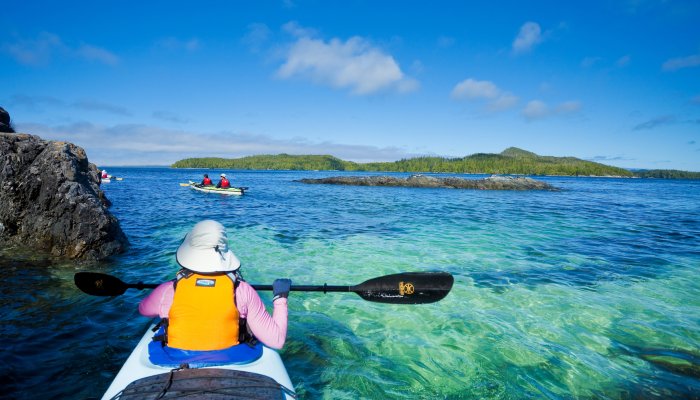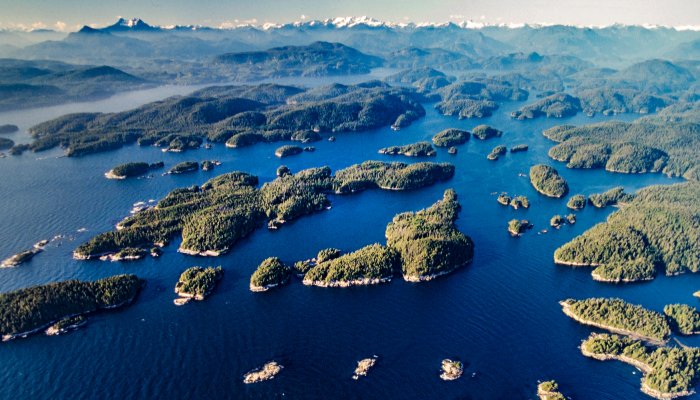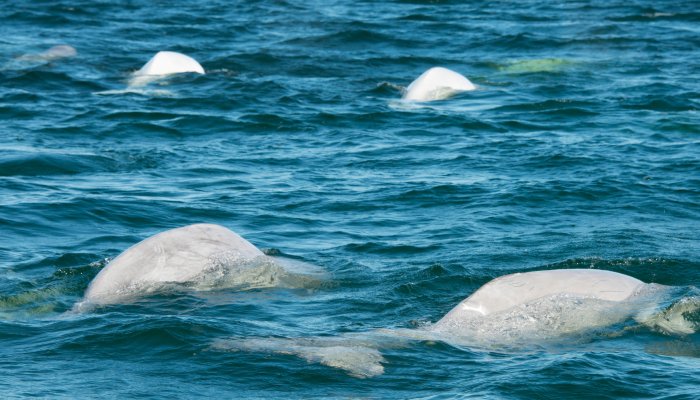Species: Zalophus californianus
Habitat: Coastal areas from California down to Mexico, Baja California Sur, Galapagos Islands and in the southern Sea of Japan. They are an opportunistic species, moving their colonies around where there is plenty of food.
Likelihood of encountering on one of our trips: Very likely. On our trips to Baja's Sea of Cortez, as well as our tours in the Galapagos Islands.
Sea Lions belong to the group of the pinnipeds that means “feather footed”. They share this group with the walruses and the seals. Actually, they can be confused with the last ones. But they have some features that help us to distinguish them, such as ears, the fore flippers are used to stand and they are slightly bigger than the seals. Since they use their flippers to swim, the neck, chest and shoulders become more robust and this can be seen more easily on the males. Particularly, we recognize this in males because of the sagittal crest on their forehead that makes them look bigger.
But, have you ever wondered why they are called “sea lions”? It seems to be that in the Middle Ages the popular belief had that each land animal had its marine reference. It’s interesting to think about sea lions as terrestrial lions. Indeed, they live in huge colonies where males can interact with others, and even be as aggressive as lions. Most of the time, they are really friendly animals, but still, we have to respect their territories. The population of the Gulf of California, where we run our sea kayaking tours, is estimated around 27,000 distributed in 40 colonies, 13 of which are reproductive areas.
As a guide, every time I can snorkel with them is a chance to reconnect with the sea in a different way. Dancing around in the water with them, and taking in their playful nature is a wonderful reminder to have a little fun.
References http://www.sealion-world.com/facts-about-sea-lions/ http://www.virtualmuseum.ca/edu/ViewLoitDa.do;jsessionid=9038FAEE0247BABE676AD0595CDC925A?method=preview&lang=EN&id=19261 Marine mammals of the world. A comprehensive Guide to their identification. Niño-Torres C.A., Urbán-Ramírez J. y O. Vidal. 2011. Mamíferos marinos del Golfo de California: Guía ilustrada. Publicación especial No. 2, Alianza WWF México Telcel. 192 p.p.



